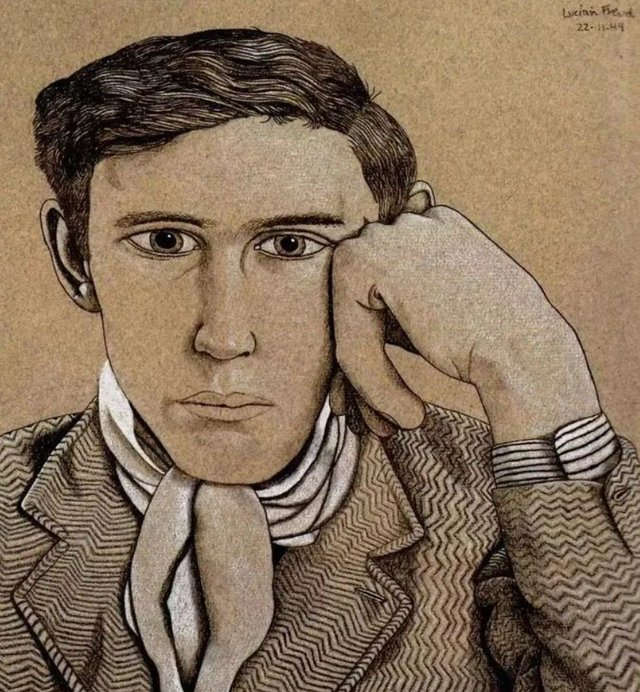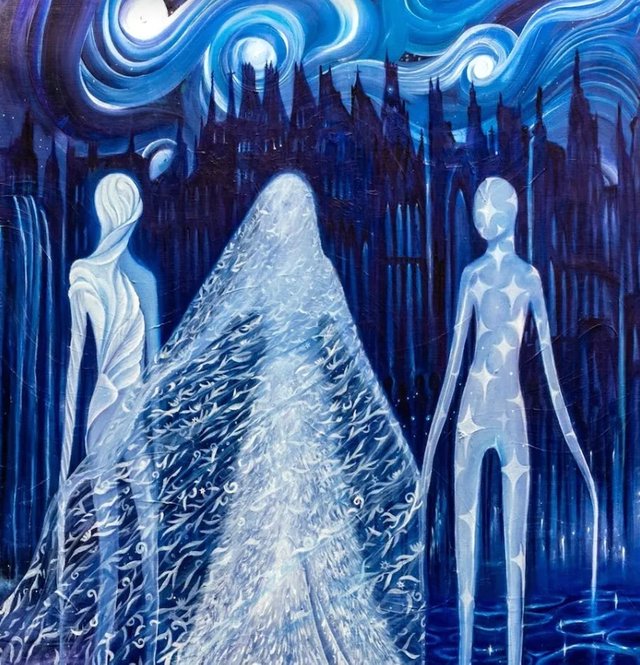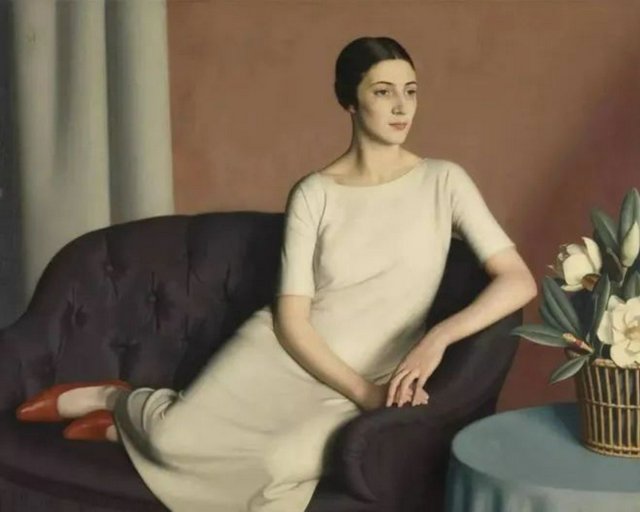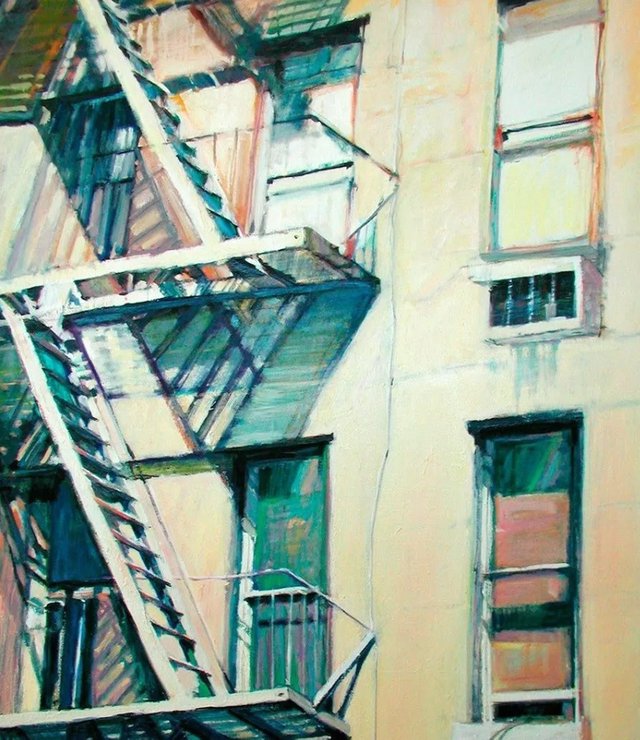Pierre Renoir: The Impressionist Master Who Made Oil Paint Dance – His Life & Art
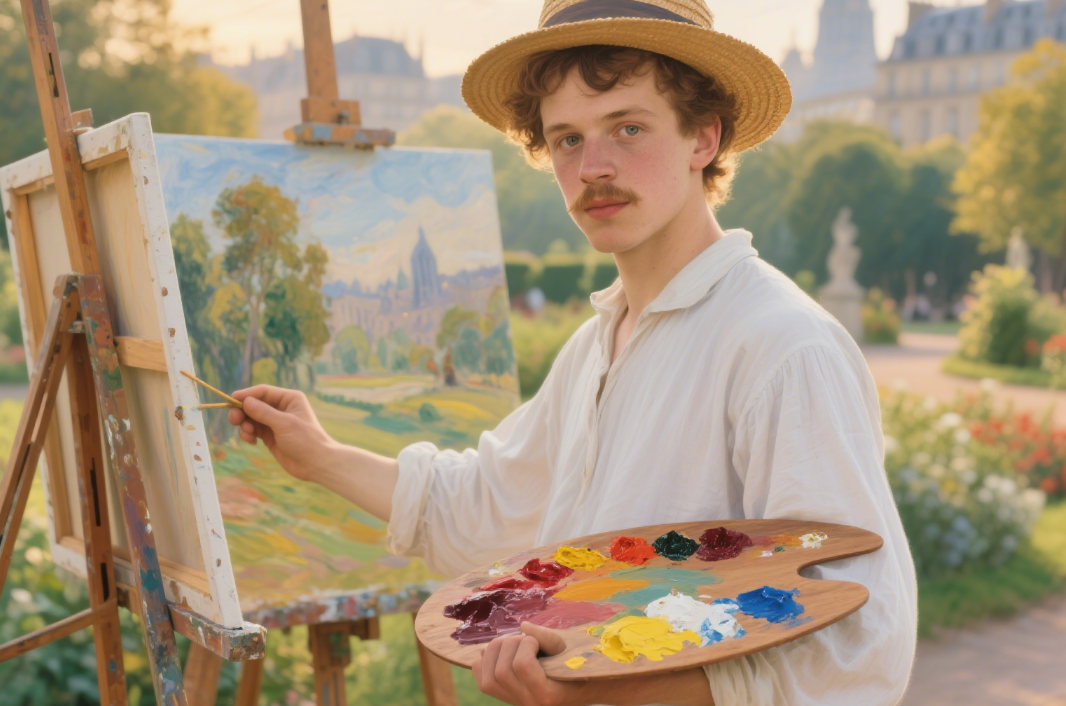
Pierre-Auguste Renoir wasn’t just an artist—he was a celebration of life. Born in 1841 in Limoges, France, this Impressionist giant turned everyday moments into Oil painting magic. From sunlit gardens to lively dance halls, his works glow with color and joy, redefining how the world saw oil paint’s potential to capture movement and light.
Early Years: From porcelain painter to Impressionist pioneer
Renoir’s artistic journey began at 13, when he took a job painting flowers on porcelain in Paris. This taught him to work quickly with bright colors—a skill that would later shape his Impressionist style. At 17, he left the porcelain factory to study art formally, enrolling in the École des Beaux-Arts and taking classes with Charles Gleyre, where he met future Impressionists like Monet and Sisley.
In his 20s, Renoir painted traditional landscapes and portraits, but he grew bored of rigid academic rules. He wanted to capture the “impression” of a moment—the way sunlight hits water, the blur of a dancer’s skirt, the laughter of friends. With Monet, he began painting outdoors (en plein air), a radical choice at the time, using oil paints to chase light as it changed.
The Impressionist Revolution: Renoir’s signature style
Renoir’s style was all about movement and color. He rejected thick, heavy brushstrokes of the past, instead using short, quick, overlapping marks that made his paintings feel alive. His palette was bold—sunny yellows, soft pinks, and vivid blues—that mirrored the joy of his subjects.
Take Dance at Le Moulin de la Galette (1881), one of his most famous works. It shows a crowded Parisian dance hall, painted with loose, energetic strokes. The sunlight filters through trees in dappled patches, and faces blur slightly, as if you’re watching the scene from across the room. Renoir used oil paint’s ability to blend colors on the canvas (not just on the palette) to create this sense of movement—something no other style had done before.
Iconic Works: Renoir’s oil painting masterpieces
Renoir’s works are loved for their warmth and authenticity. Below is a breakdown of three key oil paintings that define his legacy:
| Work | Year | Key Oil Painting Technique | Why It Stands Out |
|---|---|---|---|
| Luncheon of the Boating Party | 1881–1882 | Bright, overlapping brushstrokes | Captures a casual gathering with sunlit colors and relaxed figures—pure Impressionist joy. |
| Dance at Le Moulin de la Galette | 1881 | Outdoor light (en plein air) | Uses quick strokes to show movement, making the dance hall feel lively and real. |
| Girl with a Watering Can | 1885 | Soft color blending, gentle tones | A quiet, charming scene that highlights Renoir’s ability to make simple moments feel special. |
Each of these works shows Renoir’s core value: oil painting should reflect life’s beauty, not just copy it. He once said, “I paint what I see, not what others tell me to see”—and that freedom shines through in every piece.
Practical Tips: Paint like Renoir today
You don’t need to be an Impressionist master to use Renoir’s techniques. Try these steps to add his joyful style to your oil paintings:
Paint outdoors (en plein air**)**: Renoir’s best works came from chasing light. Grab your oil paints and set up in a park or garden. Focus on how sunlight changes colors—grass might look greener in the sun, pinker in the shade. Paint quickly; light shifts fast!
Use short, quick brushstrokes: Skip long, smooth lines. Load your brush with a small amount of paint and make tiny, overlapping marks. For a flower scene, use yellow and orange strokes for petals—let the colors mix slightly on the canvas, not your palette.
Choose bright, warm colors: Renoir avoided dark grays. Mix your paints with a touch of white to keep them light. Try a palette of lemon yellow, soft pink, sky blue, and peach—these hues will give your work that classic Renoir glow.
Later Life: Overcoming challenges, staying creative
In his 60s, Renoir developed rheumatoid arthritis, which made holding a brush nearly impossible. But he refused to stop painting. He had brushes strapped to his hands and even built a special easel to support his arms. His later works, like The Bathers (1918–1919), are just as vibrant as his earlier pieces—proof of his dedication to his art.
Renoir died in 1919 at 78, but his influence never faded. He helped make Impressionism one of the most loved art movements in history, showing the world that oil paint could be playful, emotional, and full of life.
Legacy: Why Renoir still matters
Today, Renoir’s works hang in museums worldwide, and his style inspires Artists of all kinds. He taught us that oil painting isn’t about being perfect—it’s about capturing the feeling of a moment. Whether you’re painting a busy café or a quiet garden, Renoir’s lesson is clear: let joy guide your brush.
As Renoir once said, “Color is my day-long obsession, joy, and torment.” For anyone who loves oil painting, that obsession is a gift—one that keeps his art alive, decades after his passing.

